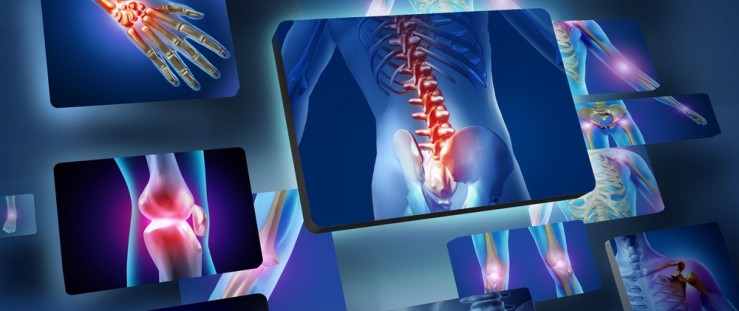
The body is composed of various structures for a total harmony and to be allowed better mobility and dexterity in his movements. This publication will provide information about the joints.
The joint are structures that connect two or more skeletal parts that could be bone and / or cartilage. In addition to allowing the union between these
structures, joint work in order to allow the skeletal parts to move in response to muscle contractions (LACERDA, et al., 2009).
Characterized by some classifications, the joints depend on a few factors to determine their classification, as follows:
duration:
Temporary (Ex. Epiphyseal line)
Permanent (Ex. Shoulder Joint)
Way of fixing the bone:
Continuity (Do. intervertebral disc)
Contiguity (Ex. Elbow joint)
Nature of the interjacent tissue:
Fibrous (PROPERTY) – suture syndesmosis and gonfose.
Cartilage (SEMI-MOBILE) – Synchondrosis and Symphysis
Synovial (MOVE) – Flat, ginglymus, trocóide, condylar, seal, spheroid.
Number of shafts
NOT AXIAL
Flat (sliding)
UNI-AXIAL:
Ginglymus (flexion / extension) (CROSS SHAFT)
Trocoide (medial / lateral rotation) (LONGITUDINAL AXIS)
BI-AXIAL
Condylar (flexion / extension, adduction / abduction) (AXIS CROSS and SAGITTAL).
Seal (flexion / extension, adduction / abduction) (AXIS CROSS and SAGITTAL).
TRI-AXIAL
Spheroid (circumduction) (ALL AXES) (FLEXION / EXTENSION, ADDUCTION / ABDUCTION AND ROTATION MEDIAL / LATERAL).
Number of bones
SIMPLE: Comprising two bones
COMPOSITE (or complex): Consisting of 3 or more bones.
Soon more facts about the joints, follow our page.